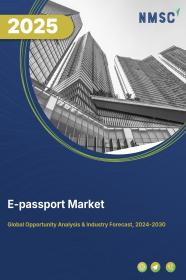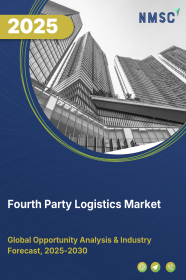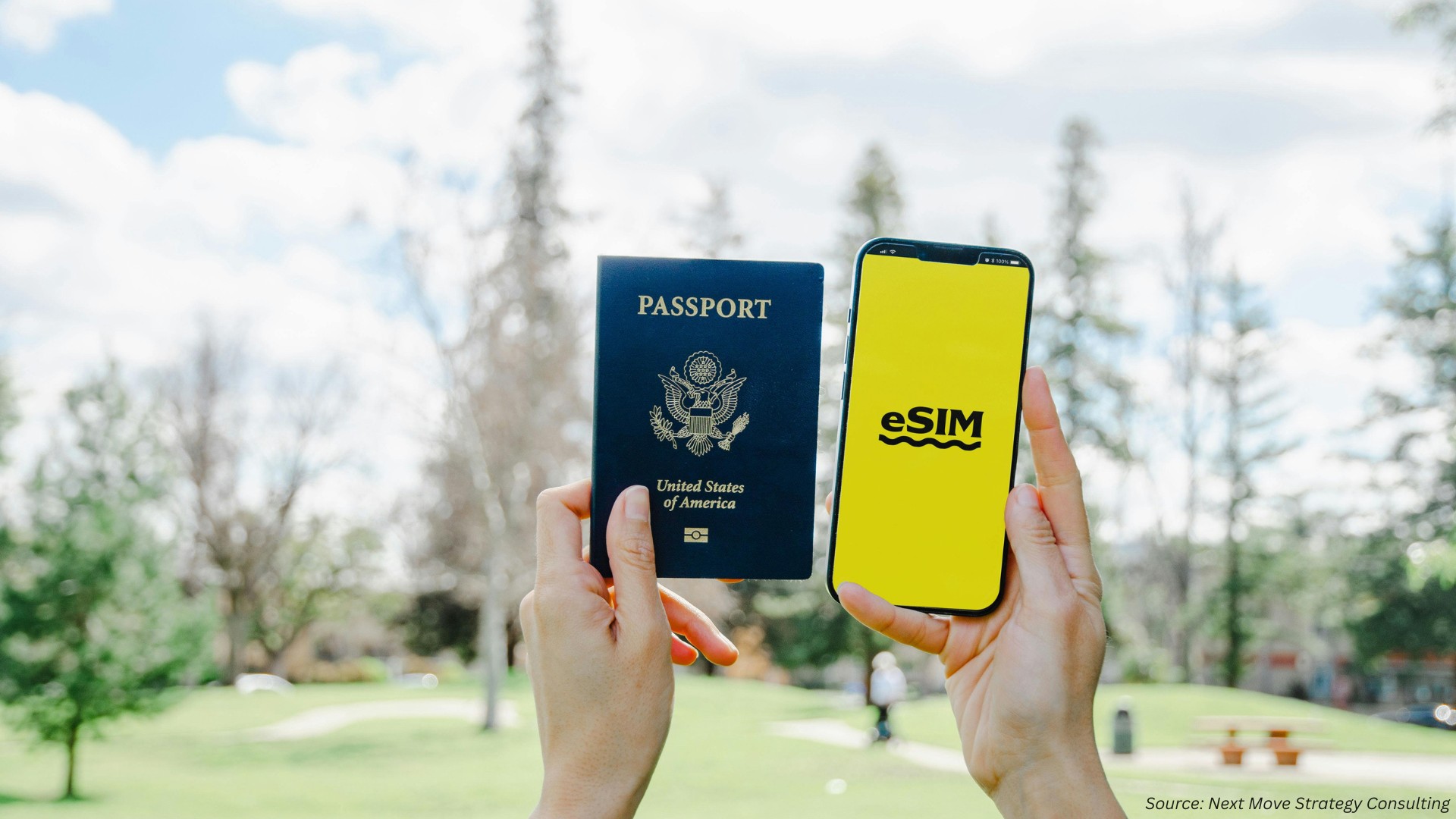
E-passport Market by Component (Software, Hardware, and Services), by Type (Ordinary E-passport, Service, and Diplomatic E-Passport), by Technology (Radio Frequency Identification (RFID) and Biometrics), by Security (Basic Access Control (BAC),and by Application (Leisure Travel, Business Travel, Identification/Proof, and Immigration/Border Control) – Global Opportunity Analysis and Industry Forecast 2022-2030
Market Definition
The E-passport Market size was valued at USD 22.50 billion in 2021 and is predicted to reach USD 88.90 billion by 2030 with a CAGR of 21.7% from 2022-2030. An E-passport, also known as a biometric passport or digital passport, is a digital form of a traditional paper passport with an electronic chip embedded in it. This embedded chip holds different types of vital information about the passport holder including name, date of birth, and other character information.
This chip contains a unique identification number and digital signature and is safer than traditional paper technology reducing the risk of data duplication & alteration, identity theft, and enhancing security. Additionally, e-passports help in quicker verification and security checks at airports and international borders, thereby enabling a reduction in illegal immigration, and less processing time, manpower, and costs involved in these activities.
Market Dynamics and Trends
Rapidly rising demand for digitization of airport infrastructures through the integration of advanced technologies such as machine learning (ML) and artificial intelligence (AI) to enhance the security, reduce the waiting time of passengers and coupled with quick processing is driving the growth of the e-passport market.
Also, the growing interest of people to travel to cross-border destinations owing to increase in disposable income, especially in developing countries including China, Brazil, and India is expected to further propel the growth of the e-passport market.
Moreover, factors such as increased outsourcing of passport services to private players across countries have resulted in increased adoption of e-passports to provide protection against data theft, cybersecurity, and quick and advanced facilities to passengers which is further expected to drive the growth of e-passport market during the forecast period.
However, the growing cyber threat landscape that gives rise to entry of illegal immigrants, terrorism, and smuggling are factors that are expected to restrain the growth of market of e-passports during the forecast period. On the contrary, the growing technological advancements in e-passports such as logical data structure (LDS2), which is a platform for international interoperability has established a foundation for worldwide use of ePassport technology. The LDS format is a basic building block of e-passports as it defines the fixed, read-only data structure on the chip and is expected to offer remunerative opportunities for expansion of the global e-passport market in the coming years.
Market Segmentations and Scope of the Study
The e-passport market share is segmented on the basis of type, technology, security, component, application, and geography. On the basis of type, the market is categorized into ordinary e-passport, service, and diplomatic e-Passport. On the basis of technology, the market is divided into Radio Frequency Identification and Biometrics. Biometrics is further segmented into facial recognition, fingerprint recognition, iris recognition, and others. On the basis of security, the market is classified into basic access control (BAC), password authenticated connection establishment (PACE), supplemental access control (SAC), and extended access control (EAC). On the basis of component, the market is bifurcated into software, hardware, and services. Hardware component is further segmented into antenna and processor/chip. On the basis of application, the market is divided into leisure travel and business travel. Geographic breakdown and analysis of each of the aforesaid segments include regions comprising of North America, Europe, Asia-Pacific, and RoW.
Geographical Analysis
Europe holds the lion share of e-passport market and is expected to continue its dominance during the forecast period. This is attributed to factors such as increasing adoption of high-tech airport infrastructures such as internet of things (IoT), advanced facial recognition systems, and advanced software companies present in this region. Also, presence of major key players such as Mühlbauer GmbH & Co., IDEMIA France SAS, Thales Group, and others boost the market growth in this region.
For instance, in December 2020, the Kyrgyzstan government entered into a contractual agreement with Muhlbauer ID Services GmbH to launch biometric passports with advanced security features such as laser graving and others. The contract was signed for the production of 1.5 million copies of the 34-page biometric passports in line with ICAO guidelines for improvement in the security of civilians of the region.
On the other hand, Asia Pacific is expected to show a steady rise in the e-passport market due to the increasing government initiatives in line with growing digitization trends looming in this region. For instance, in February 2022, Indian government’s external ministry announced a contract with Tata Consultancy Services (TCS) for the introduction of chip embedded e-passport to enhance citizen convenience for overseas travel in line with International Civil Aviation Organisation (ICAO).
The e-passport leveraged TCS software technology for chip encoding and the security features of National informatics Center along with Indian Security Press and IIT Kanpur. Moreover, factors such as the rising interest of people in planning international holiday destinations, business travels with the expansion of many allied international business conglomerates across many countries are expected to drive the e-passport market growth in this region.
Competitive Landscape
Various market players operating in the e-passport market include Thales Group, De La Rue PIc, Giesecke & Devrient GmbH, IDEMIA France SAS, Entrust Datacard Corporation, HID Global Corporation, Infineon Technologies AG, Muehlbauer Gmbh & Co., Dermalog Identification Systems GmbH, Österreichische Staatsdruckerei GmbH, IN Groupe, 4G Identity Solutions, Omnisecure, IRIS Corporation Berhad and NXP Semiconductors N.V. These market players are adopting various joint venture strategies and entering into contractual agreements with governments of various countries to maintain their dominance in the e-passport market.
For instance, June 2022, Entrust announced to acquire e-signature, biometric ID verification service provider Evidos that provides services to business and government customers. This acquisition combined Entrust’s certificate-based digital signature software with Evidos’ cloud-based signature to improve customer experience in electronic signature and ensure high levels of security in accordance with electronic identification and trust services (eIDAS).
Moreover, in April 2022, Verdios, majority owner of Giesecke & Devrient GmbH and GSI Sertracen entered into a contractual agreement with the General Department of Migration and Immigration of government of costa Rica for delivering advanced technology e-passports to the citizens of Costa Rica. This contract leveraged Verdios CLIP ID high-tech color personalization technology that use laser engraving and ink-jet printing for color photos to be used in the biometric document.
Furthermore, in August 2020, the Ministry of Foreign Affairs (MOFA) of Thailand contracted with Thales Group to deliver e-passport to the citizen of Thailand. The e-passport provided citizens with high technology and high level of security in a travel document. It is equipped with a chip that stores biometric data using Thales’ secure embedded software that ensures high security and full compliance with International Civil Aviation Organisation (ICAO).
Key Benefits
-
The e-passport market report provides the quantitative analysis of the current market and estimations from 2022 to 2030. This analysis assists in identifying the prevailing market opportunities to capitalize on.
-
The study comprises of a detailed analysis of the e-passport market trends including the current and future trends for depicting the prevalent investment pockets in the market.
-
The information related to key drivers, restraints, and opportunities and their impact on the e-passport market is provided in the report.
-
The competitive analysis of the market players along with their market share in the e-passport market is mentioned.
-
The SWOT analysis and Porter’s Five Forces model are elaborated in the study.
-
The value chain analysis in the market study provides a clear picture of the stakeholders’ roles.
Key Market Segments
By Component
-
Hardware
-
Antenna
-
Processor/Chip
-
-
Software
-
Services
By Type
-
Ordinary E-passport
-
Service
-
Diplomatic E-Passport
By Technology
-
Radio Frequency Identification
-
Biometrics
-
Facial Recognition
-
Fingerprint Recognition
-
Iris Recognition
-
Others
-
By Security
-
Basic Access Control (BAC)
-
Password Authenticated Connection Establishment (PACE)
-
Supplemental Access Control (SAC)
-
Extended Access Control (EAC)
By Application
-
Leisure Travel
-
Business Travel
-
Identification/Proof
-
Immigration/Border Control
By Geography
-
North America
-
U.S.
-
Canada
-
Mexico
-
-
Europe
-
UK
-
Italy
-
Germany
-
Spain
-
Netherlands
-
Rest of Europe
-
-
Asia-Pacific
-
China
-
Japan
-
India
-
Australia
-
South Korea
-
Taiwan
-
Vietnam
-
Rest of Asia Pacific
-
-
RoW
-
Latin America
-
Middle East
-
Africa
-
Key Players
-
Thales Group
-
De La Rue PIc
-
Giesecke & Devrient GmbH
-
IDEMIA France SAS
-
Entrust Datacard Corporation
-
HID Global Corporation
-
Infineon Technologies AG
-
Muehlbauer Gmbh & Co.
-
Dermalog Identification Systems GmbH
-
Österreichische Staatsdruckerei GmbH
-
IN Groupe
-
4G Identity Solutions
-
Omnisecure
-
IRIS Corporation Berhad
-
NXP Semiconductors N.V.
REPORT SCOPE AND SEGMENTATION:
|
Parameters |
Details |
|
Analysis Period |
2021–2030 |
|
Base Year Considered |
2021 |
|
Forecast Period |
2022–2030 |
|
Market Size Estimation |
Billion (USD) |
|
Market Segmentation |
By Technology (Radio Frequency Identification, Biometrics), By Component (Hardware, Software, Services) By Application (Leisure Travel, Business Travel), By Security (Basic Access Control (BAC), Password Authenticated, Connection Establishment (PACE), Supplemental Access Control (SAC), Extended Access Control (EAC)), By Type (Ordinary E-passport, Service, Diplomatic E-Passport) |
|
Geographical Segmentation |
North America (U.S., Canada, Mexico) Europe (Germany, UK, Spain, Italy, Netherlands, Rest of Europe), Asia-Pacific (Australia, China, India, Japan, South Korea, Vietnam, Taiwan, Rest of Asia-Pacific), Rest of the World (Latin America, Middle East, Africa) |
|
Companies Profiled |
ASSA ABLOY AB, Thales Group, De La Rue Plc, Giesecke & Devrient GmbH, IDEMIA France SAS, Entrust, Datacard Corporation, HID Global Corporation, Infineon Technologies AG, Muhlbauer Group, Thales Group |




















 Speak to Our Analyst
Speak to Our Analyst
























